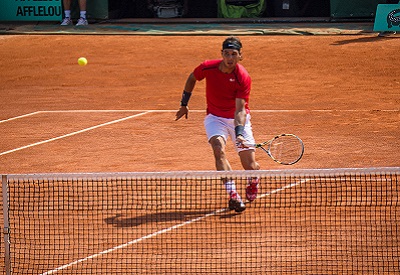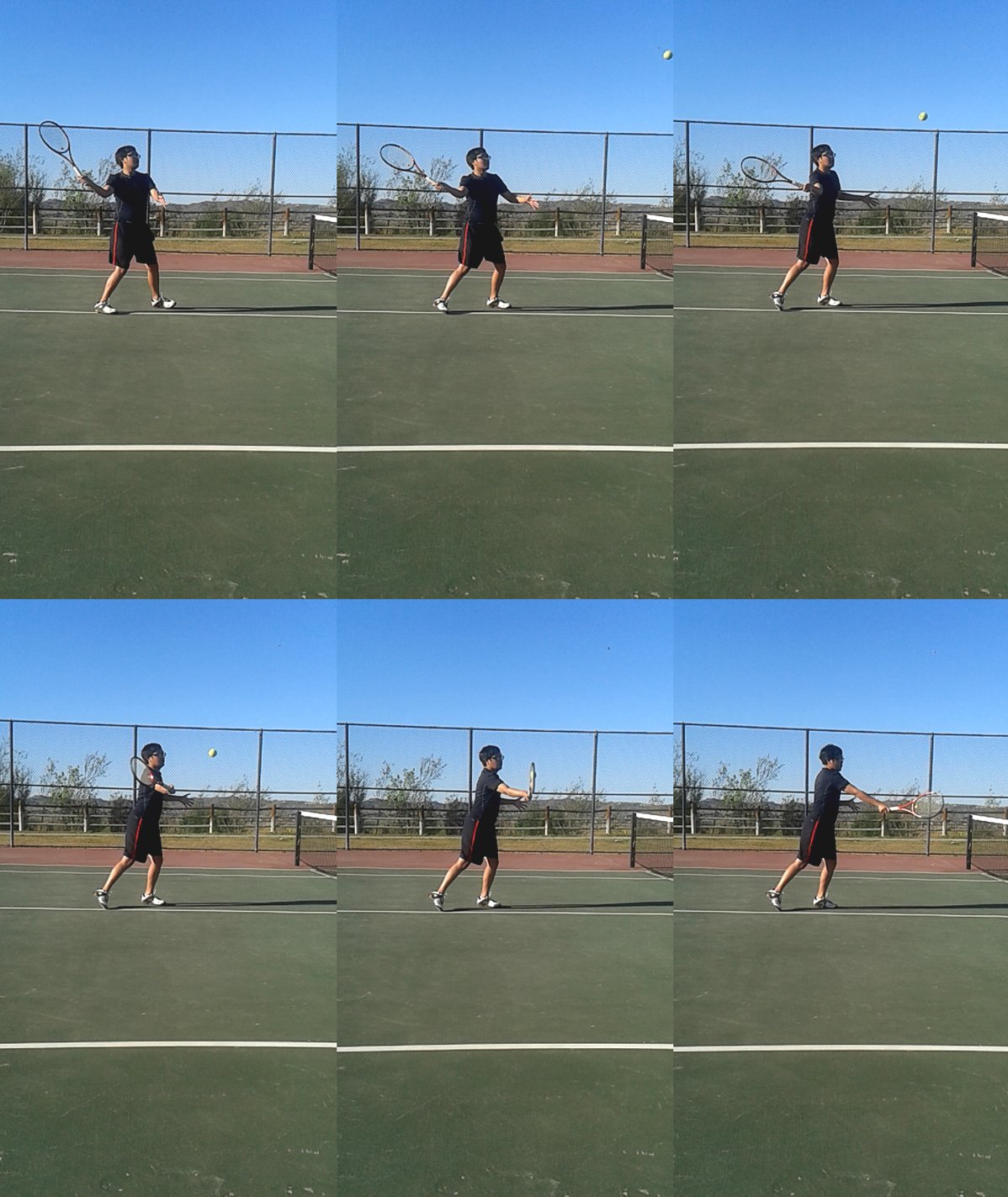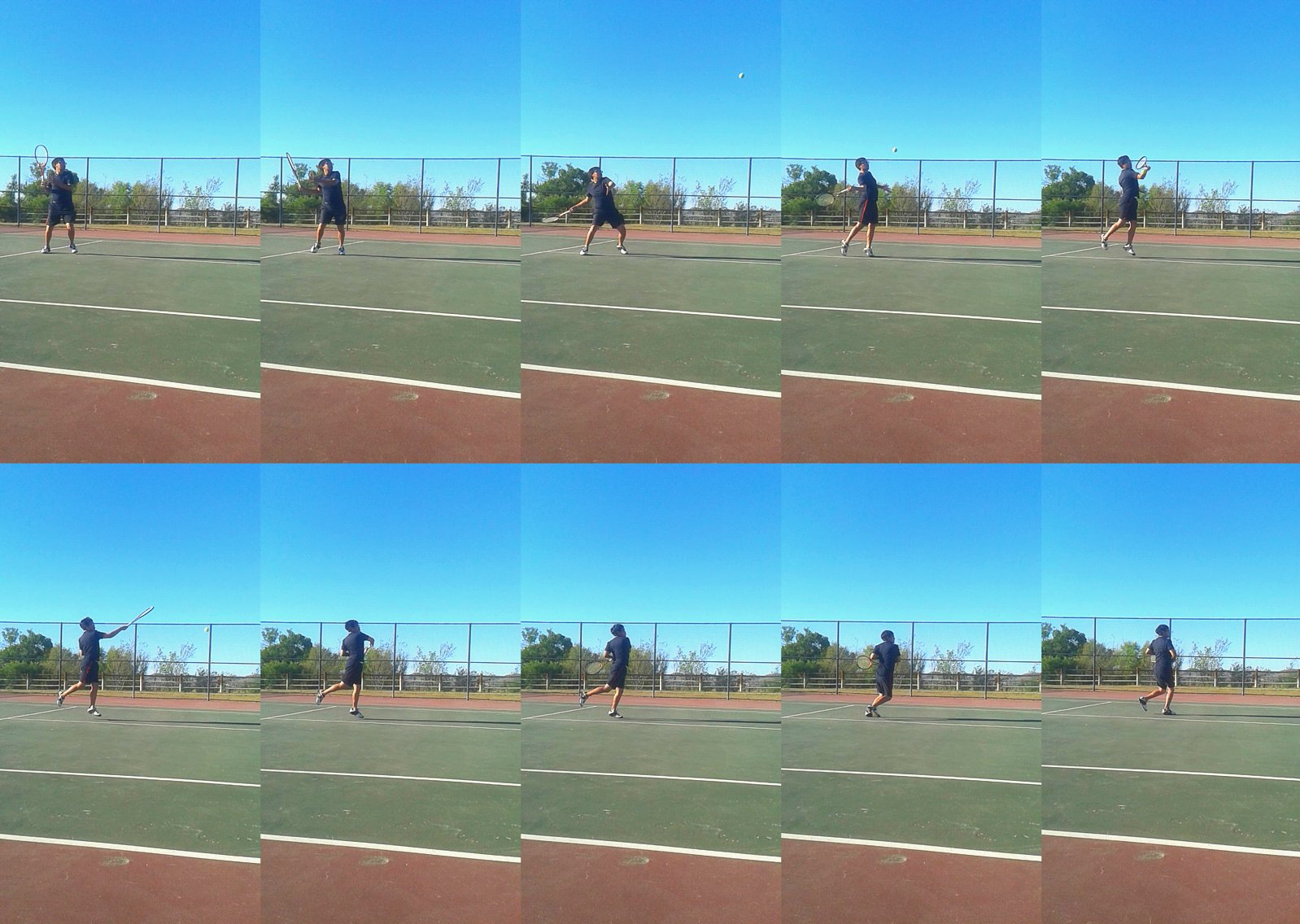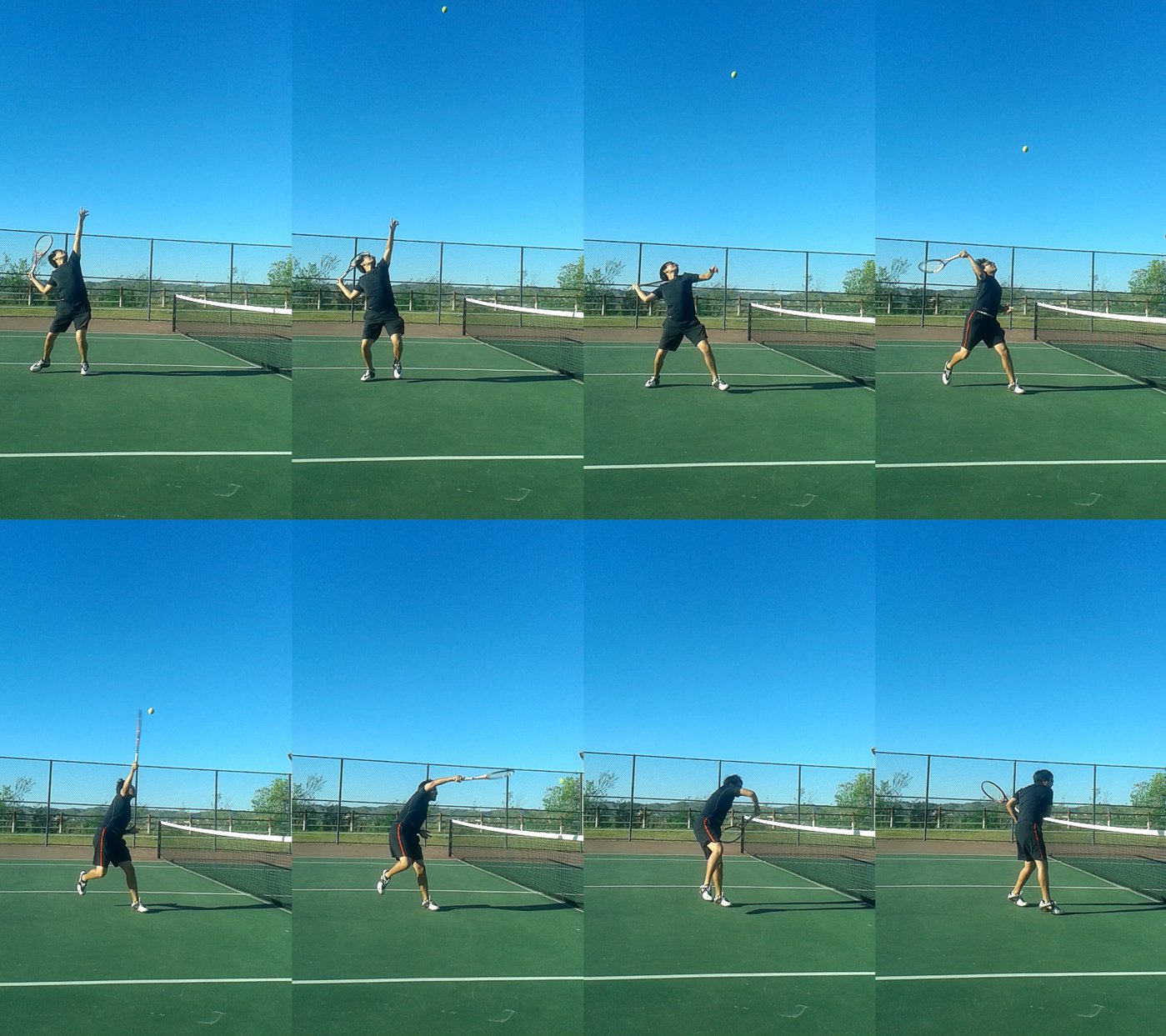How-To: Tennis Volley
Learning the tennis volley is essential to a complete mastery of tennis. If you’re going to play a game, you’ll need to have a good idea of what your groundstrokes are, how to serve, and how to volley in tennis correctly. Today, we’ll be going over the tennis volley and how to execute it properly, which will involve an approach to the forecourt with the right timing while knowing which type of volley to use. Let’s get started! Here is how to volley in tennis.
How-To: Tennis Volley
What is a volley in tennis? A tennis volley is essentially any shot that is made near the net, typically before the ball has had the chance to bounce on the ground. A tennis volley is necessary when you won’t have enough time to hit the ball before it bounces a second time or when you want to attack the net as part of your strategy.
Any short shots that land in the forecourt should be counteracted with a volley, which will require you to move from the baseline closer to the net. How a tennis volley will play out will depend on your play style, however; how you choose to approach the net, what type of tennis volley you use, and whether you want to fall back is up to you.

Timing
Serve and Volley
For the people that like to move up to the net after they serve, this is known as the serve and volley technique. To perform the serve and volley, there are three tips that will help you to approach the net with a serve:
- Serve towards the outside of the court, which will cause your opponent to run after the ball, effectively giving you time to run up to the net and setup for their return.
- Serve close to the T of the service box, which will also cause your opponent to chase down the ball giving you time to attack the net.
- Serve towards your opponent’s body, which will cause an awkward return that is often weak, easily setting you up for an effective volley game.
Baseline Approach
The baseline approach is when you move from the baseline to the net in order to volley, and should take place should your opponent hit an approach shot, which is when your opponent hits the ball close to the service box. This forces you to attack the net since you will either a.) be too late to return it as the ball will bounce twice, or b.) hit the ball in the mid-court, which often results in a weak return and is the worst place to be on the court (hence the metonym, “no-man’s land“).
For a proper baseline approach, you will have to run up to the mid-court and hit the ball while using that momentum to get to the net. The best way to guarantee a successful baseline approach is to hit the ball away from your opponent. Hitting it away from your opponent will buy you time to approach the net and can give you the opportunity for an easy put away shot.
Types of Tennis Volleys
- Punch volley
- Block volley
- Touch volley
- Low volley
- Drive volley
- Low volley counter
- Overhead
Starting Off With the Tennis Volley
All tennis volleys use a continental grip except for the drive volley. The best way to hit a volley is by holding your racquet at a 45 degree angle while turning your waist.
As you start out learning the tennis volley, a good exercise to train with is to practice catching the ball with the face of your racquet. You can do this while at net with someone hitting the ball to you. The objective is to use your racquet to follow the ball at the point of impact to absorb the shock and push it back. The skills this exercise teaches are flexibility and the proficiency to have a better feel for the ball, which are immensely important when attacking the net.
Punch Volley
A punch volley is a type of volley that doesn’t use a full swing. The reason that it doesn’t use a full swing is because a full swing takes too much time and energy to do. When you volley, you are most likely at the net which means you have a limited time to return the ball. As opposed to if you were at the baseline, you would have time to setup your return; in the case of a volley, the best way to fix the timing is by shortening the swing. To hit a ball hard and fast with a short swing, you need racquet speed, which is exactly what a punch volley is. Just a short swing with a punching motion.

Block Volley
A block volley is used when the ball is coming at you really fast and your only option is to block it. As the name implies, it’s a block so your racquet is going to act like a wall. This requires a stable arm in order to do. There is no swing in this type of tennis volley; the block volley uses the speed of the ball to send it back at the same pace. If the ball has no pace, then a block volley would not suit the situation.
Touch Volley
A touch volley is very useful because it is like a drop shot, although done in the vicinity of the net. It is mostly used when your opponent is sticking by the base line, and all you have to do is give the ball a slight touch to throw your opponent off-balance. This volley is just like a punch volley but without the fast swing.
Low Volley
While you are at the net, sometimes you will get some shots that are really close to the ground. The best way to return them is by using a low volley. Even though it’s the best way to return a low shot, it is also one of the hardest tennis volleys to perform as it requires you to be close to the ground, which could result in hitting the ball into the net. To perform a low volley, you need to be in a neutral stance and have a really good knee bend because you will have to get close to the ground.
Drive Volley
The drive volley is the most aggressive tennis volley. It is a shot that uses a full swing and is hit without the ball bouncing. This shot is different from the other volleys because it generates both topspin and power. The contact point is at shoulder height. To hit this shot you would need to use a western or a semi-western grip. You would also need to add your weight to your front foot, moving forward as you drive the ball back.
A low volley counter is used mostly as an approach shot. The point of contact is below the knee. To perform this shot, you need to run forward and return the shot with a block using your weight and momentum. Even though the low volley counter and drive volley are both considered approach shots, this shot is a lot different than a drive volley because you don’t use a full swing although you still use the continental grip.
Overhead
An overhead is also known as a smash, or an overhead smash. You can think of an overhead as a combination between a serve and volley. You’ll be taking a service stance and smashing the ball down exactly like a serve. For the overhead, you will also need to move your feet and your torso. Since the ball can be anywhere in the court, you will have to chase the ball. If the ball is moving behind you, you would have to run backwards while looking up at the ball; try your best not to trip on your heel while doing this. If the ball is going to be in front of you, you would have to run forward to meet with it. Compared to a serve, you are standing still while you hit the ball, but for an overhead, you still have to take a neutral stance while moving into position to hit the ball. Another difference is that in an overhead, you don’t drop your racquet like in a serve, but instead you start with the racquet over your head.


